Label Ear Diagram Worksheet
Are you in search of a comprehensive ear diagram worksheet to enhance your knowledge of the human auditory system? Look no further, as we have prepared an engaging worksheet that will help you understand the different parts and functions of the ear. This worksheet is specifically designed for students studying anatomy, biology, or any related subject, seeking to deepen their understanding of the human body.
Table of Images 👆
More Other Worksheets
Kindergarten Worksheet My RoomSpanish Verb Worksheets
Cooking Vocabulary Worksheet
My Shadow Worksheet
Large Printable Blank Pyramid Worksheet
Relationship Circles Worksheet
DNA Code Worksheet
Meiosis Worksheet Answer Key
Art Handouts and Worksheets
7 Elements of Art Worksheets
What is the function of the ear canal?
The main function of the ear canal is to channel sound waves from the outer ear to the middle ear, where they are converted into mechanical vibrations that can be processed by the auditory system in the brain. Additionally, the ear canal also plays a role in protecting the delicate structures of the inner ear from foreign objects and excessive moisture.
What is the purpose of the eardrum?
The eardrum, also known as the tympanic membrane, plays a crucial role in the auditory system by vibrating in response to sound waves. These vibrations are then transmitted to the middle ear, where they are amplified and transmitted to the inner ear for processing. The eardrum acts as a barrier that separates the outer ear from the middle ear, protecting delicate structures like the ossicles and the inner ear. Its purpose is to convert sound waves into mechanical vibrations that can be interpreted by the brain as sound.
What are the three smallest bones in the ear called?
The three smallest bones in the ear are called the ossicles, specifically the malleus (hammer), incus (anvil), and stapes (stirrup).
What is the role of the cochlea?
The cochlea is a spiral-shaped, fluid-filled organ in the inner ear responsible for converting sound vibrations into electrical signals that can be interpreted by the brain. This process, known as auditory transduction, allows us to perceive and interpret sounds at varying frequencies and volumes. The cochlea plays a crucial role in our sense of hearing by transmitting this information to the brain for processing.
Where is the vestibule located in the ear?
The vestibule is located in the inner ear, between the semicircular canals and the cochlea. It is an essential part of the vestibular system, which is responsible for helping us maintain balance and spatial orientation.
What is the function of the semicircular canals?
The semicircular canals are a vital part of the inner ear responsible for detecting rotational movement of the head and helping maintain balance and spatial orientation. When the head moves, the fluid within the canals shifts, stimulating hair cells that send signals to the brain about the direction and speed of the movement, enabling adjustments in posture and eye movements to maintain equilibrium.
What is the purpose of the auditory nerve?
The auditory nerve's purpose is to transmit sound signals from the inner ear to the brain. It plays a crucial role in the process of hearing by converting sound vibrations into electrical signals that can be interpreted by the brain as sound.
What role does the pinna play in the ear?
The pinna, also known as the auricle, plays a crucial role in collecting and directing sound waves into the ear canal. It acts as a funnel, helping to capture and amplify sound while also helping to localize the source of a sound. Additionally, the shape and structure of the pinna assist in filtering out background noise and improving the perception of sound.
Where is the tympanic cavity located?
The tympanic cavity is located within the middle ear, specifically in the temporal bone of the skull. This cavity houses the three small bones known as the ossicles (malleus, incus, stapes) and is involved in the transmission of sound vibrations from the outer ear to the inner ear.
What part of the ear is responsible for balance?
The vestibular system, which is located in the inner ear, is responsible for balance. It includes the semicircular canals and otolith organs, which detect changes in head position and movement to help maintain balance and equilibrium.
Have something to share?
Who is Worksheeto?
At Worksheeto, we are committed to delivering an extensive and varied portfolio of superior quality worksheets, designed to address the educational demands of students, educators, and parents.





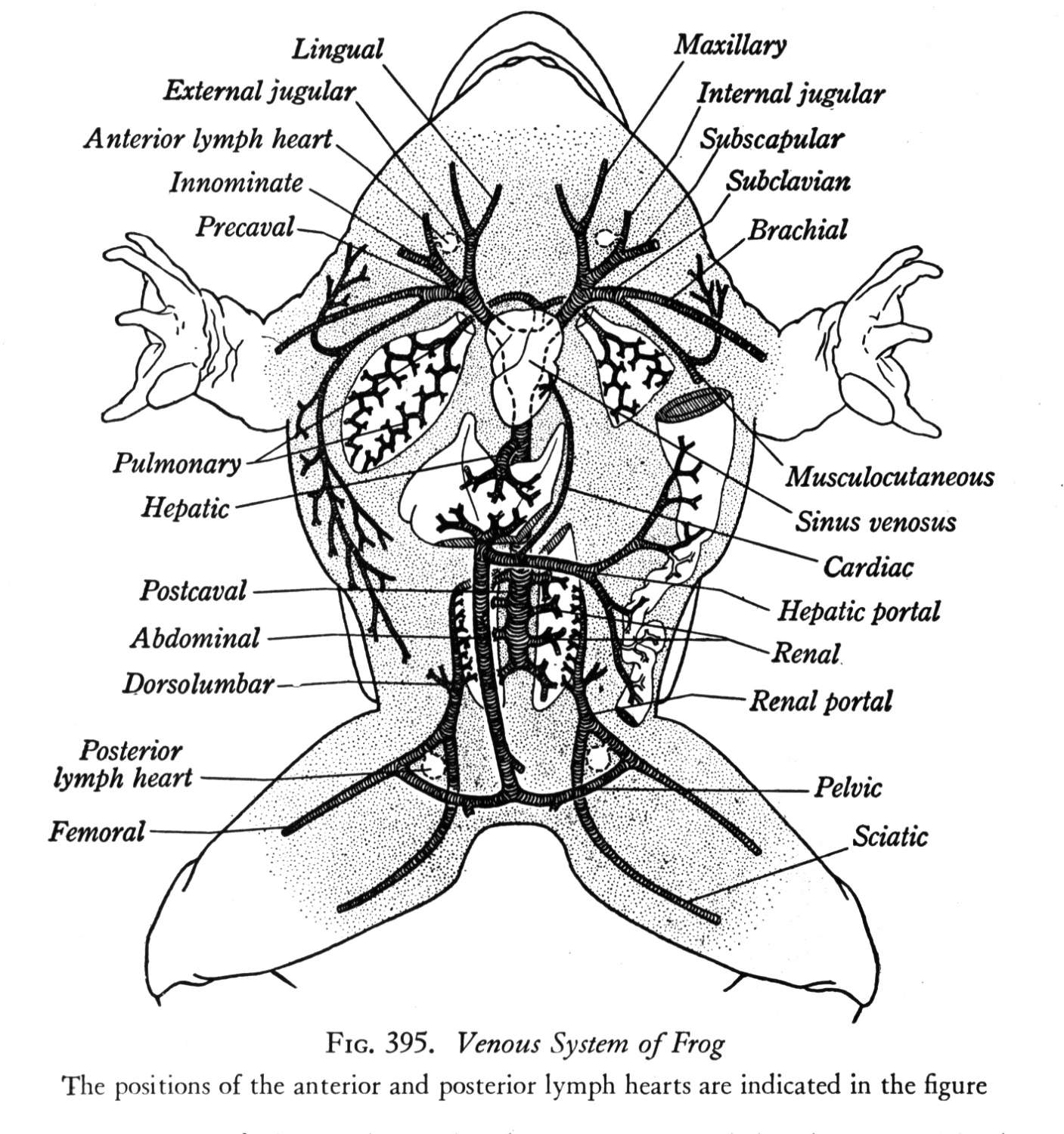
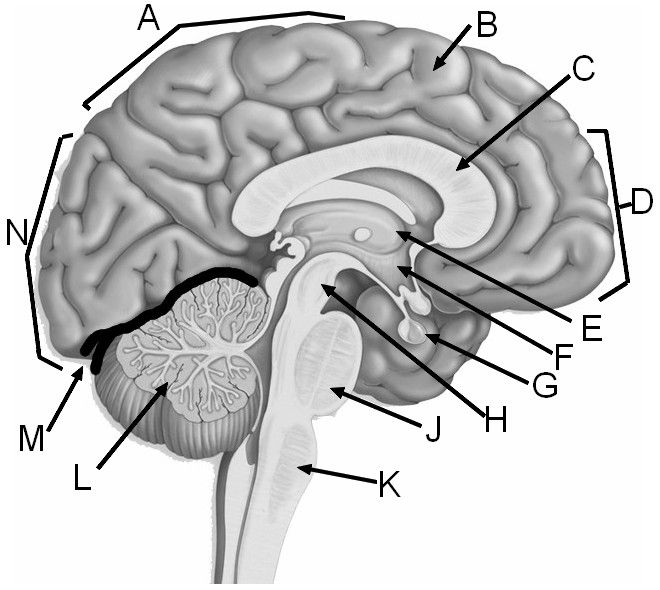
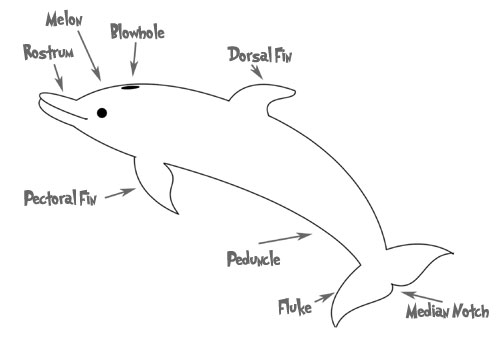

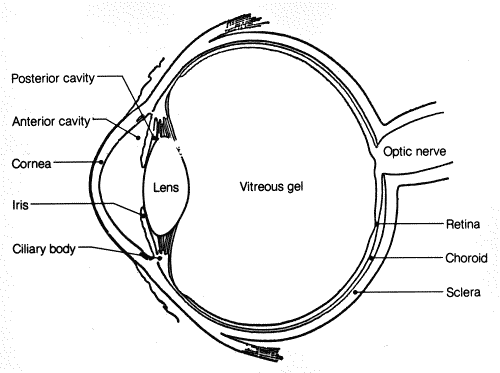
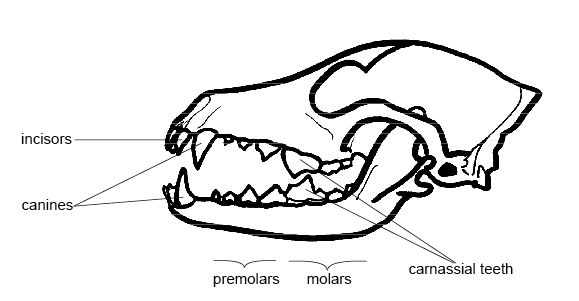
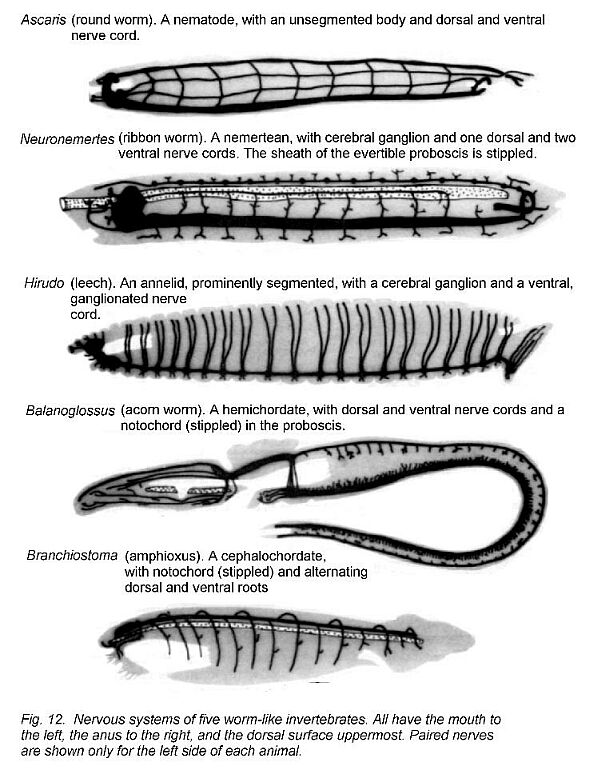

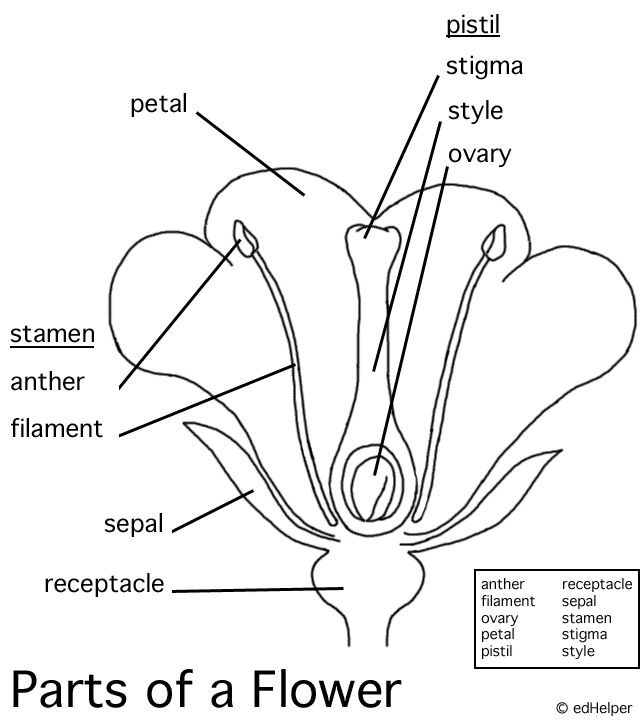














Comments